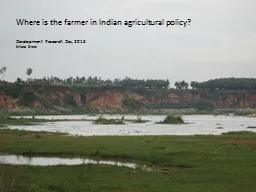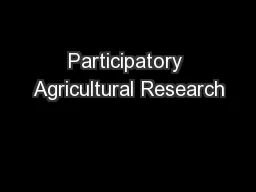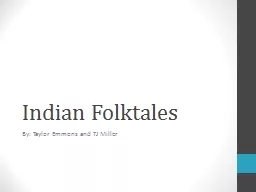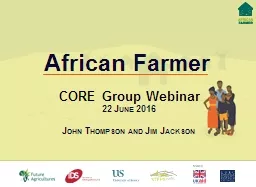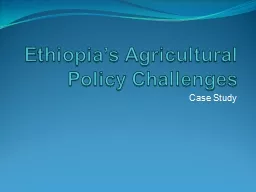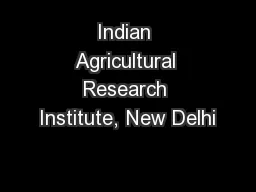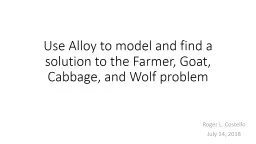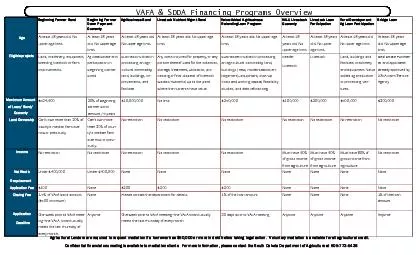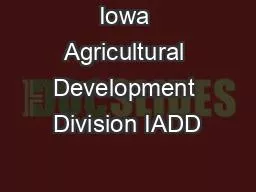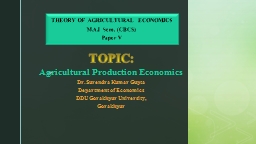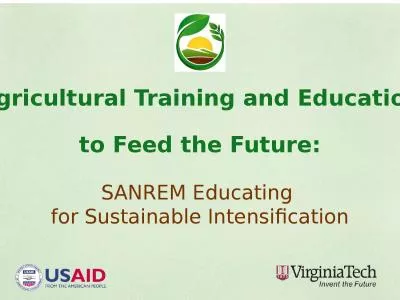PPT-Where is the farmer in Indian agricultural policy?
Author : giovanna-bartolotta | Published Date : 2017-06-24
Development Research Day 2016 Srilata Sircar A Historical Overview 1950s to mid1960s Infrastructural and Institutional Focus Land reforms ceiling on holdings formalization
Presentation Embed Code
Download Presentation
Download Presentation The PPT/PDF document "Where is the farmer in Indian agricultur..." is the property of its rightful owner. Permission is granted to download and print the materials on this website for personal, non-commercial use only, and to display it on your personal computer provided you do not modify the materials and that you retain all copyright notices contained in the materials. By downloading content from our website, you accept the terms of this agreement.
Where is the farmer in Indian agricultural policy?: Transcript
Download Rules Of Document
"Where is the farmer in Indian agricultural policy?"The content belongs to its owner. You may download and print it for personal use, without modification, and keep all copyright notices. By downloading, you agree to these terms.
Related Documents

